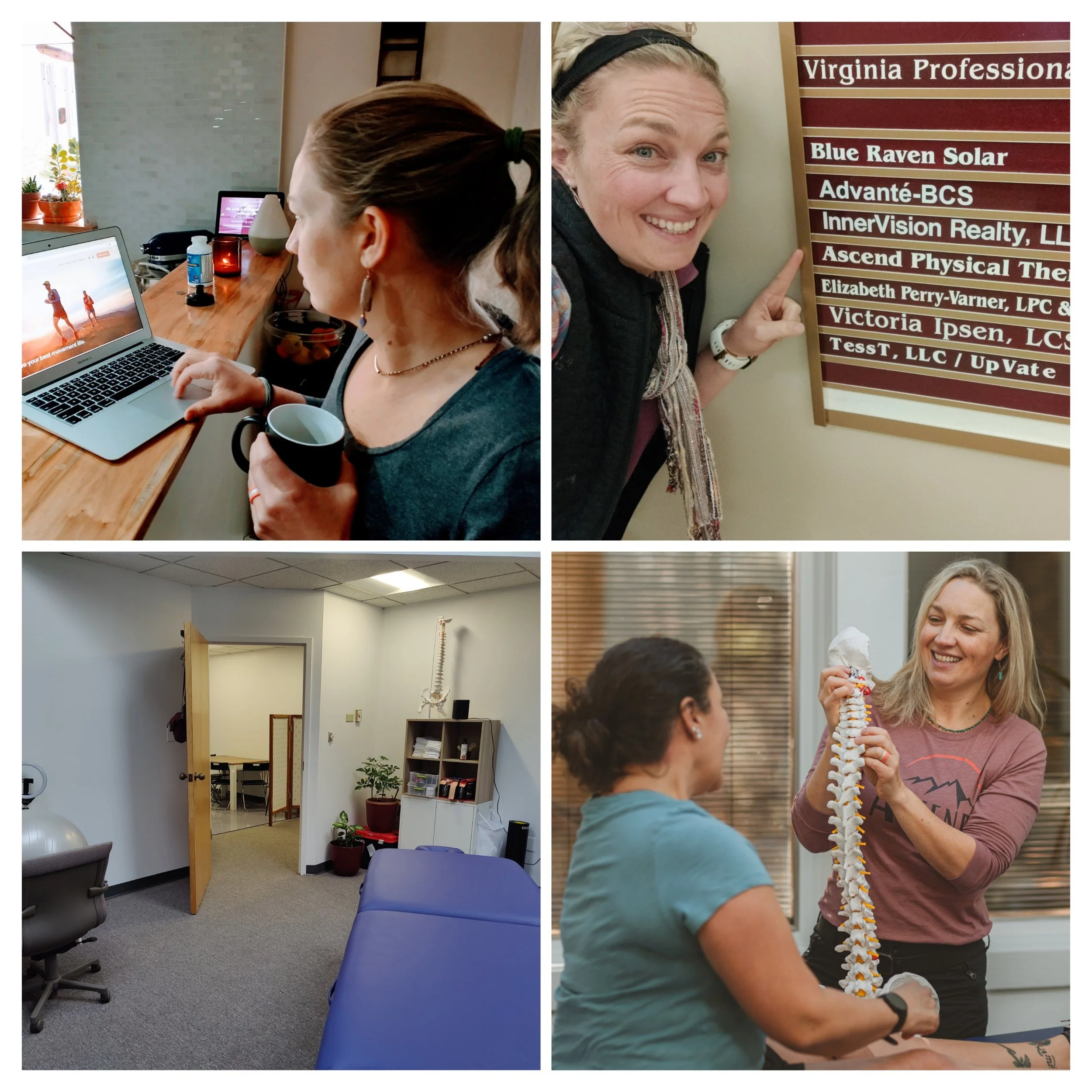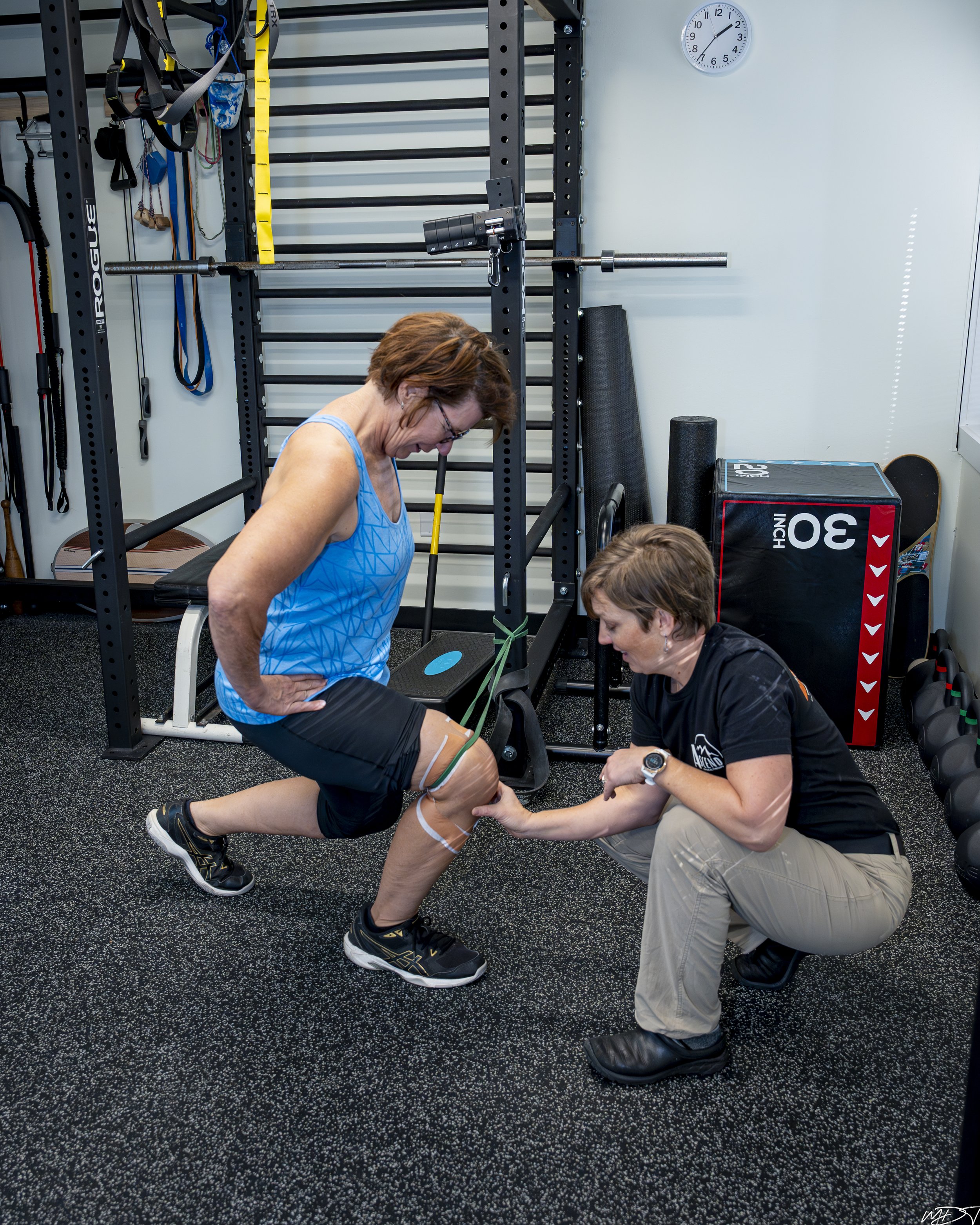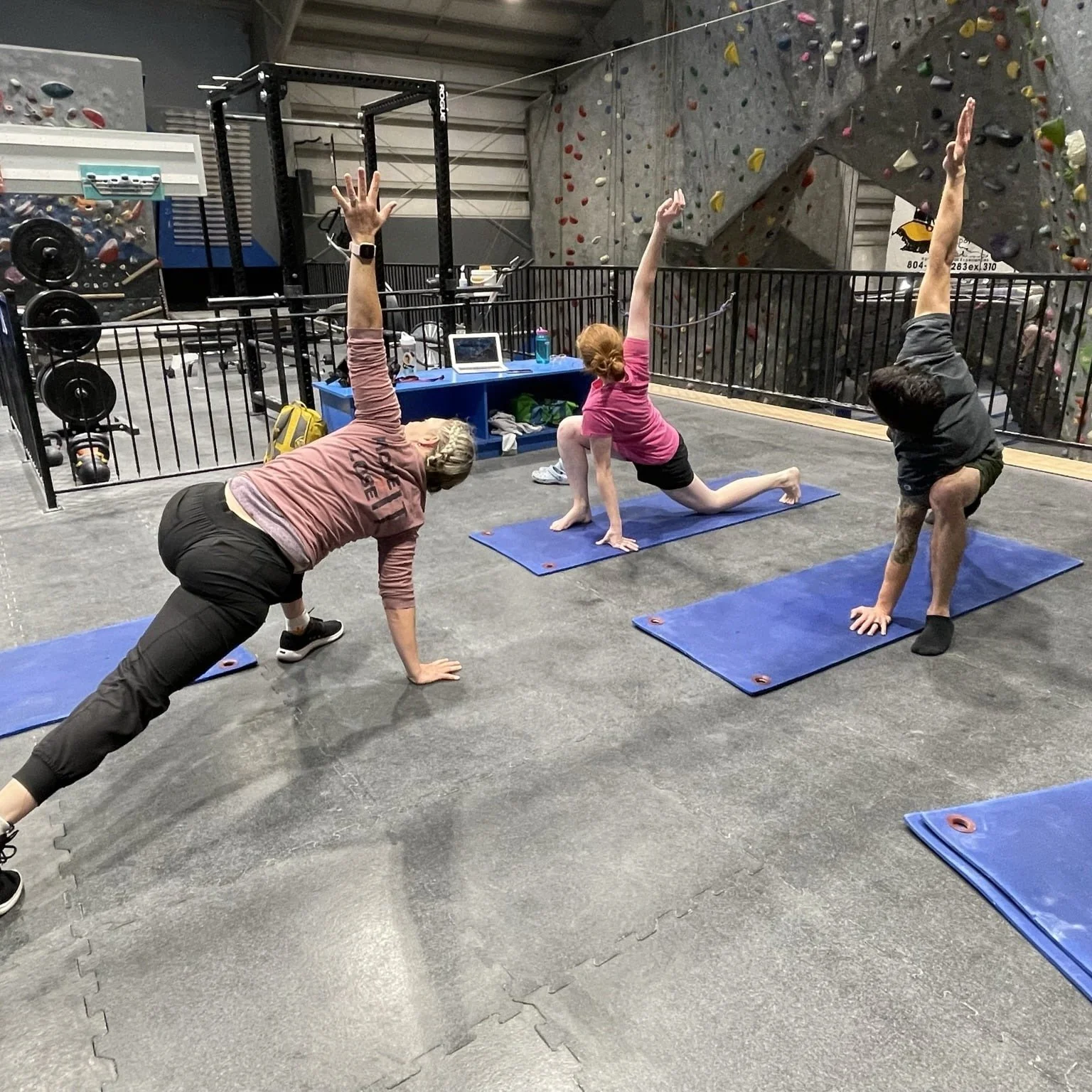There’s a method to what we do. Here are some of the thoughts behind them.
Featured
If you’re an athlete, an outdoor enthusiast, or someone who thrives on movement, you know that pain is more than just discomfort—it’s a roadblock that keeps you from doing what you love. Traditional physical therapy often takes a reactive approach, focusing on short-term relief and symptom management. But what if physical therapy could be something more? What if it wasn’t just about recovery but about unlocking your full movement potential?
Camille Ronesi
Camille Ronesi
Maybe I’ll finally convince you: Warm-ups are real.
Why is the warm-up so critical to a better practice? What does the single-leg deadlift have to do with injury prevention?
Camille Ronesi
Camille Ronesi
Hidden Symptoms Part 2: Breath
The first step to a better core and less pain is breath control. When you know how to improve your breathing, you know how to control your core.











